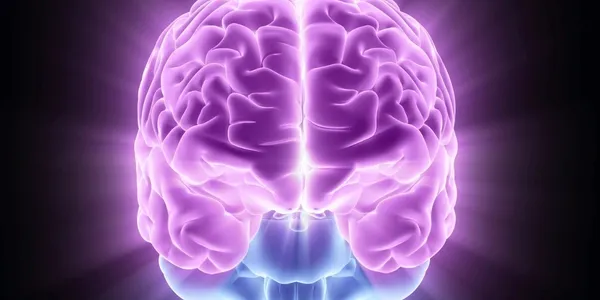Neurological disorders encompass a wide range of conditions that affect the brain, spinal cord, and peripheral nervous system. These disorders can manifest through various symptoms, including chronic headaches, muscle weakness, cognitive impairments, or seizures, significantly impacting an individual’s quality of life. Neurologists are medical professionals dedicated to diagnosing, managing, and treating these complex conditions. Their role is necessary in understanding the underlying causes, providing accurate diagnoses, and implementing tailored treatment strategies to improve patient outcomes.
Providing Clinical Evaluation
A neurologist begins the diagnostic process with a comprehensive clinical evaluation. This initial step involves a detailed review of the patient’s medical history and a discussion of the presenting symptoms. The neurologist gathers information about the onset, duration, and characteristics of the symptoms, as well as any associated factors.
Following the history intake, the neurologist performs a thorough neurological examination. This physical assessment evaluates the function of the central and peripheral nervous systems. It includes testing of motor strength and coordination, sensory function, reflexes, balance, and gait. Cognitive functions, such as memory, language, and attention, are also assessed. The findings from this detailed examination guide the subsequent diagnostic steps.
Utilizing Diagnostic Technologies
To support the clinical findings and establish a precise diagnosis, a neurologist employs a range of diagnostic technologies. Neuroimaging studies are frequently used to visualize the structure and function of the brain and spinal cord. Magnetic resonance imaging (MRI) provides detailed images of soft tissues, while computed tomography (CT) scans offer rapid visualization of bone and brain structures.
In addition to imaging, electrophysiological studies measure the electrical activity of the nervous system. An electroencephalogram (EEG) records brain wave patterns to detect abnormalities in brain activity. Electromyography (EMG) and nerve conduction studies (NCS) assess the health of muscles and the nerves that control them. The neurologist may also order laboratory tests, including blood work or analysis of cerebrospinal fluid, to identify underlying causes of neurological symptoms.
Formulating Therapeutic Plans
Once a diagnosis is established, the neurologist formulates an individualized therapeutic plan. This plan manages the specific disorder, alleviates symptoms, and improves the patient’s quality of life. Their management approach is multifaceted, often combining pharmacological treatments with other therapeutic modalities. The doctor tailors the approach to the patient’s needs.
The neurologist may prescribe medications to treat the underlying condition or to manage specific symptoms like pain, seizures, or movement difficulties. Selection and dosage of medications are tailored to the patient’s needs and adjusted over time. The neurologist also coordinates care with other healthcare professionals, facilitating referrals for physical, occupational, or speech therapy to help patients maintain function and independence. This collaborative approach allows for holistic management of the neurological disorder.
Find a Neurologist
The role of a neurologist in managing neurological disorders is systematic and multifaceted. This process starts with a comprehensive clinical evaluation, including a detailed history and a neurological examination. The neurologist then utilizes advanced diagnostic technologies to arrive at an accurate diagnosis. Based on this diagnosis, the formulation of a treatment plan takes place. If you’re experiencing neurological issues, consult with a qualified neurologist to learn how they can help.















